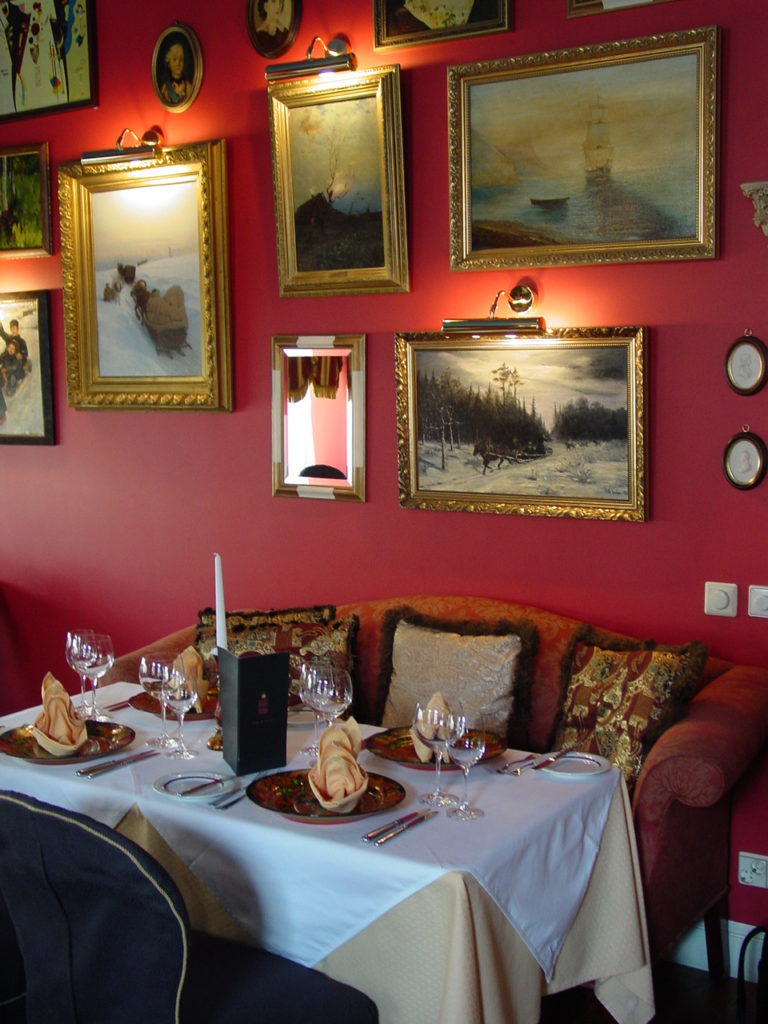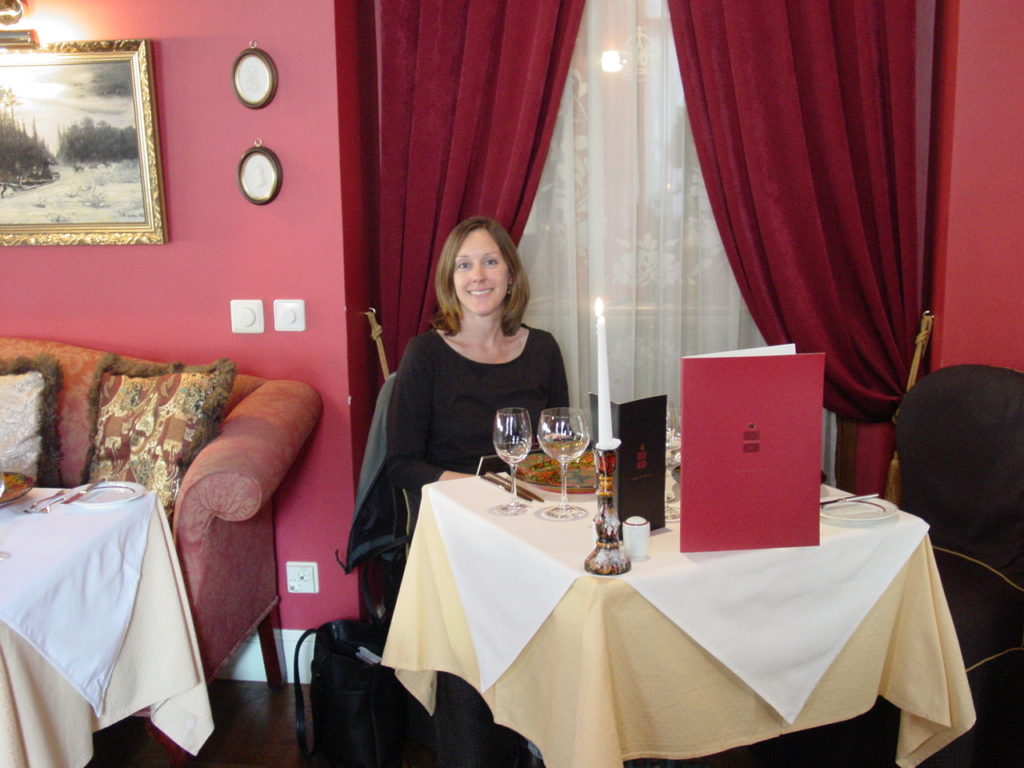When we were about halfway between Riga and Tallin our tour bus crossed the border into Estonia, our third destination in the Baltic states. During customs stop I had an afternoon snack: a beer and a chocolate torte with cream filling. First of all I don’t like beer and, secondly, it wasn’t a combination that was at all enticing. But I thought, what the heck, this is Estonia. The cake was delicious; the beer cold and the newspaper unreadable.

Our hotel, Domina Ilmarine had been a machine factory dating back to the late 19th century.

In 1999, after extensive reconstruction and refurbishing, It opened with a four-star rating and deservedly so.
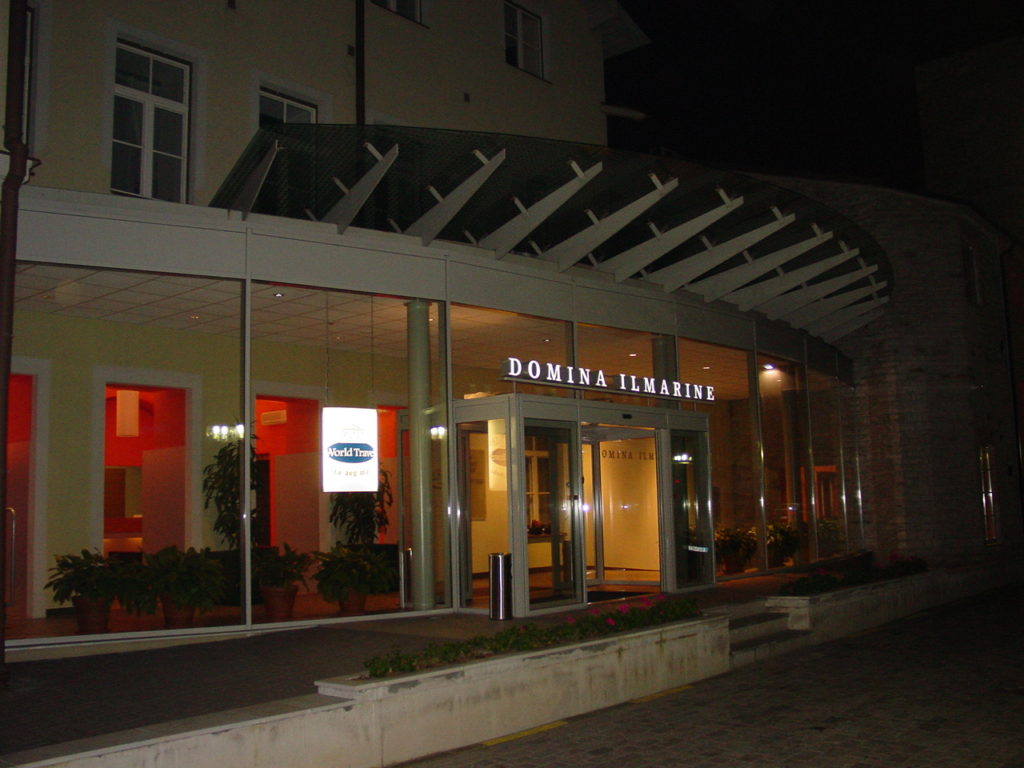
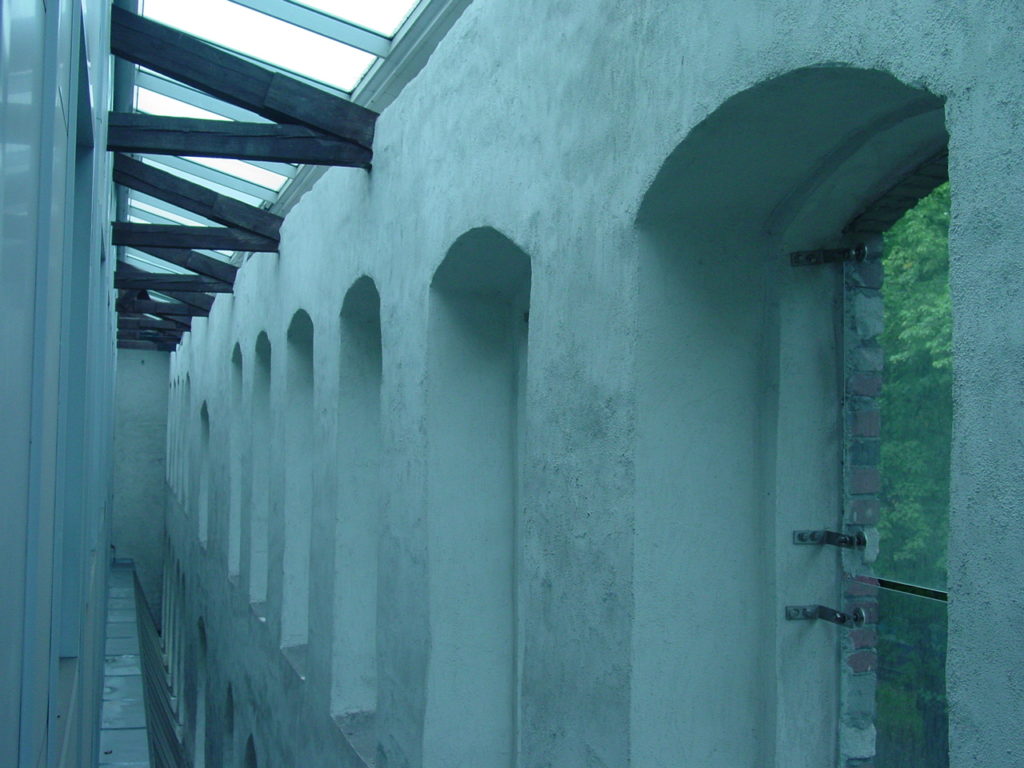
The designers of the renovation kept both the external and internal walls of the structure intact while installing new windows without frames and adding a second wall in back of the original exterior wall.
After settling into our room, we set out to look for place to have dinner. On our way, we passed through the Great Coastal Gate, one of the many gates into the walled-in Old Town.
Before long we saw Fellini’s Italian restaurant and that looked like it would be a good choice. The salad, pasta and wine were delicious although not exactly Estonian cuisine. That would come later.

Our return walk along the stone streets led us past a wonderful bakery which would have been enticing if we hadn’t just finished dinner and I having had a chocolate torte that afternoon.
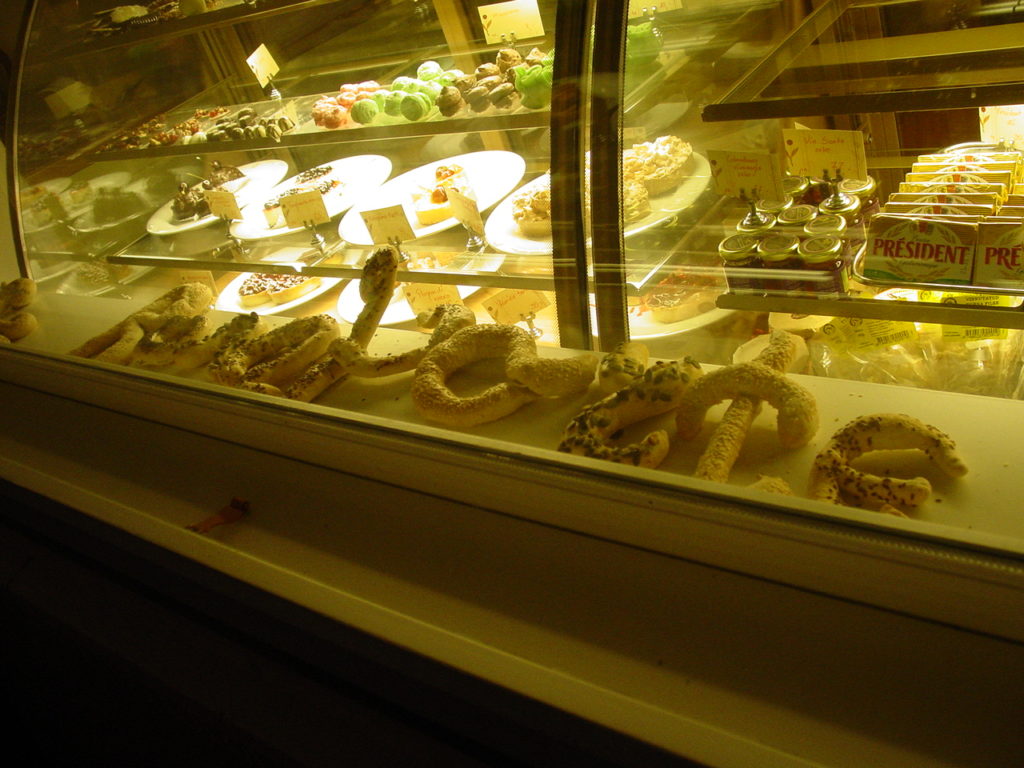
Our tour started the next morning and highlighted some of the main attractions in Tallin: shops, churches, memorials, Swan Park, Kadriorg Palace and Festival Park to name a few. It was the latter that was so interesting and especially inspiring. This is where the “Singing Revolution” lead to the Baltic state’s freedom from Russian occupation in 1991.
A sign at the entrances was worth reading.

The grounds of the Festival Park can hold tens-of -thousands for events. The underside of the curved roof consists of square panels each made-up of multiple stained oak boards. This arced dome is a wonderful design aesthetically as well as functionally in that it amplifies and projects sounds emanating from the raked stage where there’s lots of room for performers and audience members.

Facing the stage, high on the inclined hill at the rear of the park, sits a regal statue of Gustave Ernesacks the conductor and one of the founders of the Estonian Song Festival.

Another remarkable area is Swan Pond located in Kadrioru Park, a beautiful place just east of downtown to visit and relax away the bustling activities within the city proper.
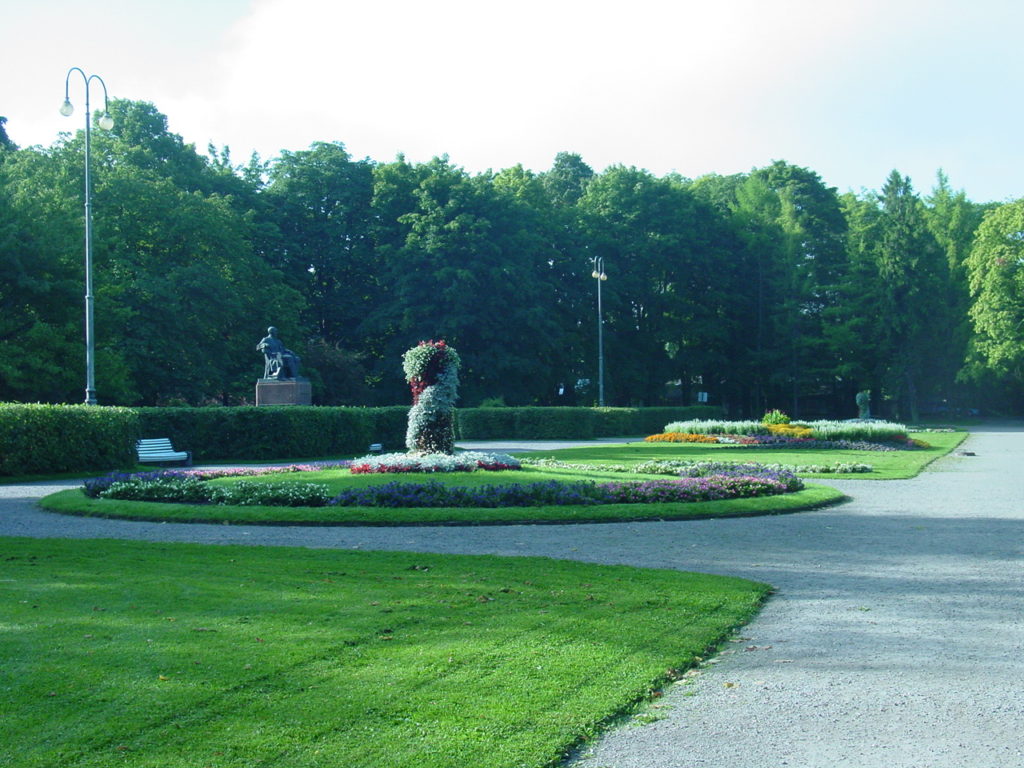
In the park are art museums and the residence for the Head of State in a palace built by Peter the Great.
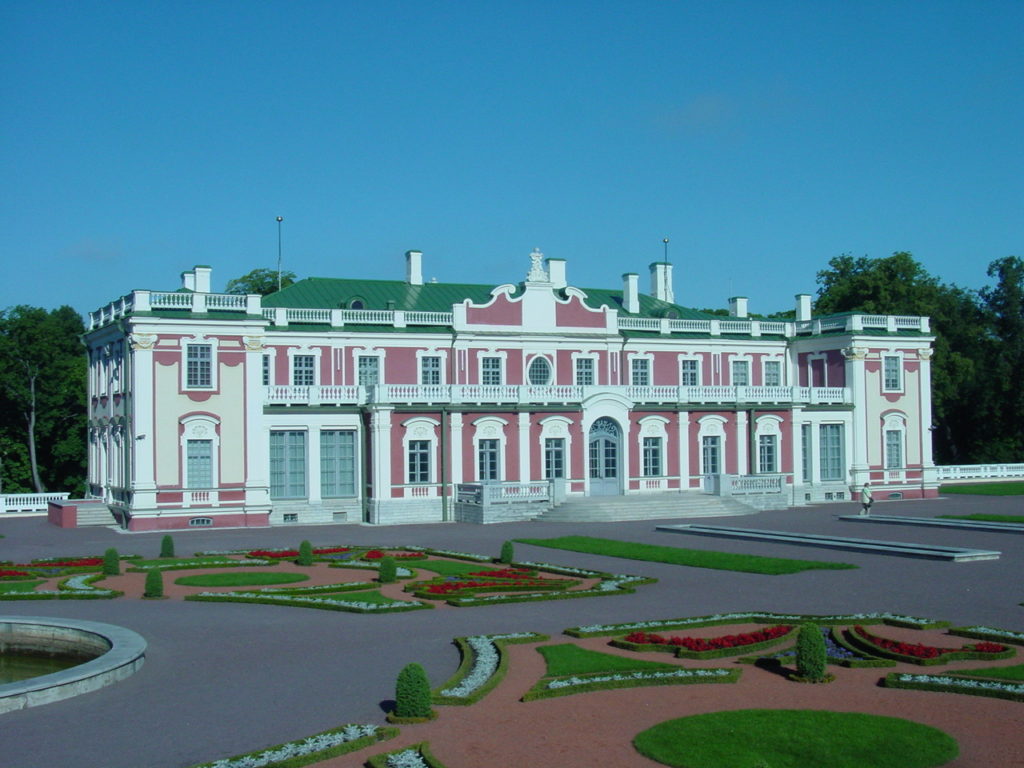
The Russian Orthodox Church as well as the palace are striking reminders of the artistic achievements of the Russian Empire as well as the dominance of the USSR over the Baltic States and elsewhere for so many years.
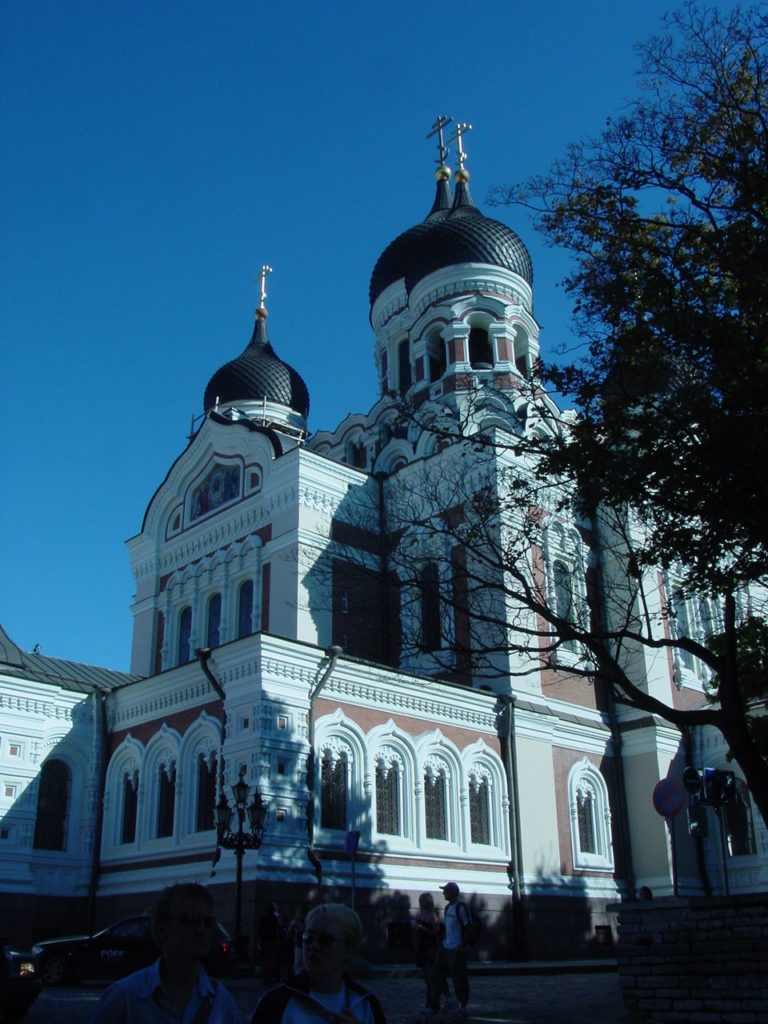
The Estonians viewed the cathedral as a symbol of oppression and, had they the funds in the 1920s, they would have demolished it. Following its decline over many years of non-use, it was restored following Estonia’s independence in 1991.

Our lunch at the Restaurant Nevski in the Hotel St. Petersbourg was both a highlight and an anticipation of the coming three days that we would be spending in St. Petersburg.
(Photos) Estonia (ctrl+F5 for Presentation mode)
